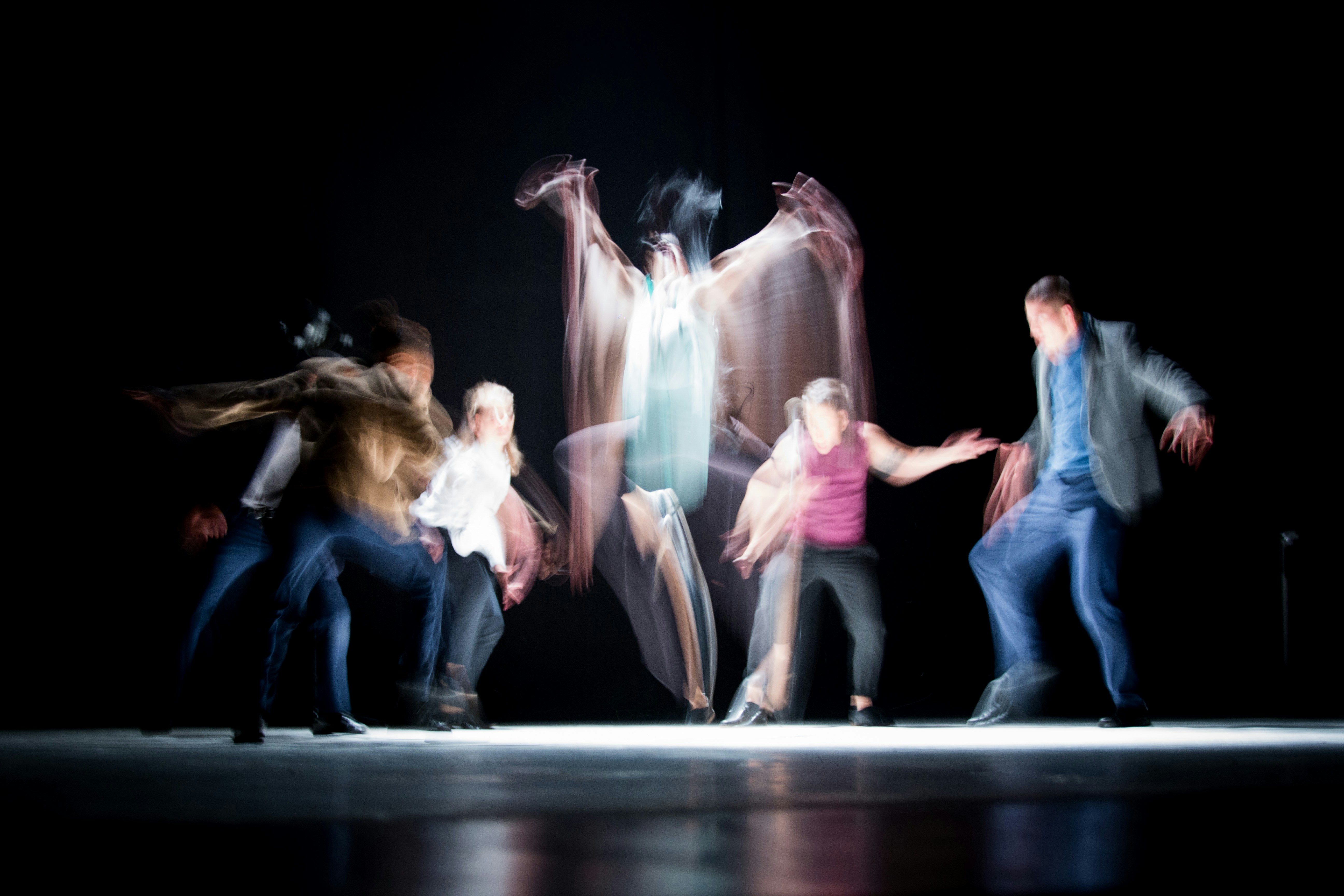Bridging the Gap: The Rise of Interdisciplinary Artistry in the Modern Era
Introduction: In the ever-evolving realm of arts and entertainment, the fusion of creative disciplines has sparked a new wave of innovation. This article delves into the emergence and impact of interdisciplinary artistry, where artists are blending traditional forms to create novel expressions.

Unearthing the Roots of Interdisciplinary Artistry
Interdisciplinary artistry isn’t a concept of the 21st century. A glance at history reveals that artists have long been inspired to blend various art forms. Leonardo da Vinci, a renowned polymath of the Renaissance, excelled in multiple fields such as painting, architecture, science, and music. In the 20th century, the Dada and Surrealist movements blurred the lines between visual art and literature. However, the recent surge in cross-disciplinary works has given this trend renewed attention.
The Contemporary Landscape: Merging Creative Borders
In today’s digital age, boundary-pushing artists are redefining the traditional art forms by incorporating elements from diverse disciplines. This is evident in the music industry, where musicians like Bjork and Radiohead are intertwining music with visual art and technology to create immersive experiences. Similarly, in the visual arts, creators are integrating performance and multimedia elements into their work, resulting in hybrid art forms that defy categorization.
The Impact: A Paradigm Shift in the Art World
The rise of interdisciplinary artistry is influencing not only the creation of art but also its reception. It encourages audiences to engage with art on multiple sensory levels, thereby deepening their connection and understanding. Moreover, it’s reshaping art education, with institutions increasingly promoting cross-disciplinary studies to foster creativity and innovation.
The Challenges and the Future Prospects
While the fusion of art forms allows for boundless creativity, it also presents challenges. Artists may struggle with mastering multiple disciplines, and traditionalists might resist these changes. Despite these hurdles, the future of interdisciplinary artistry appears promising. With technological advancements and a growing acceptance of unconventional art forms, artists now have a larger canvas than ever to explore and express their creativity.
Embracing the New Artistic Narrative
In the ever-changing arts and entertainment landscape, interdisciplinary artistry has emerged as a potent catalyst for innovation. As artists continue to push boundaries and blur the lines between disciplines, we can look forward to a future filled with more vibrant, diverse, and immersive artistic experiences.




